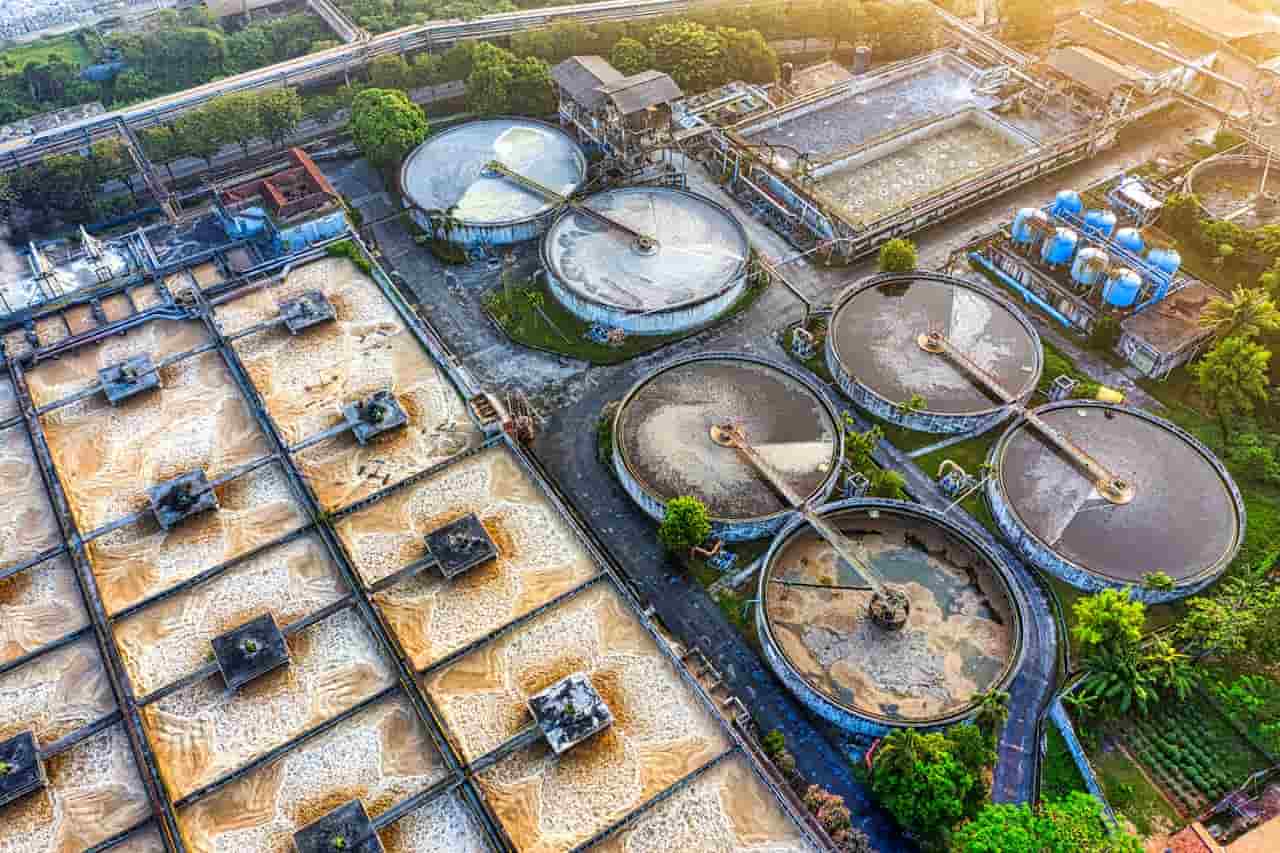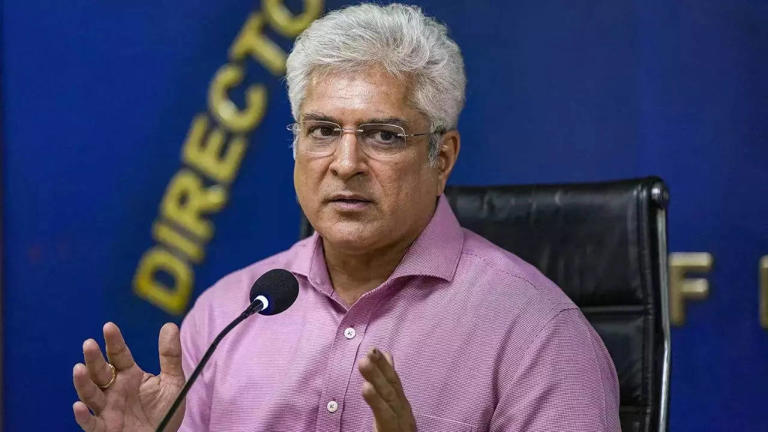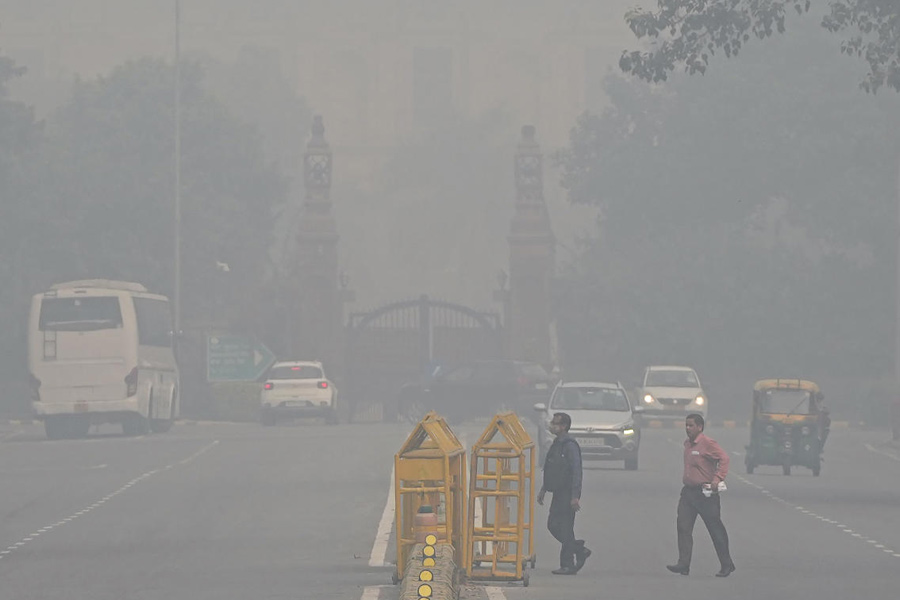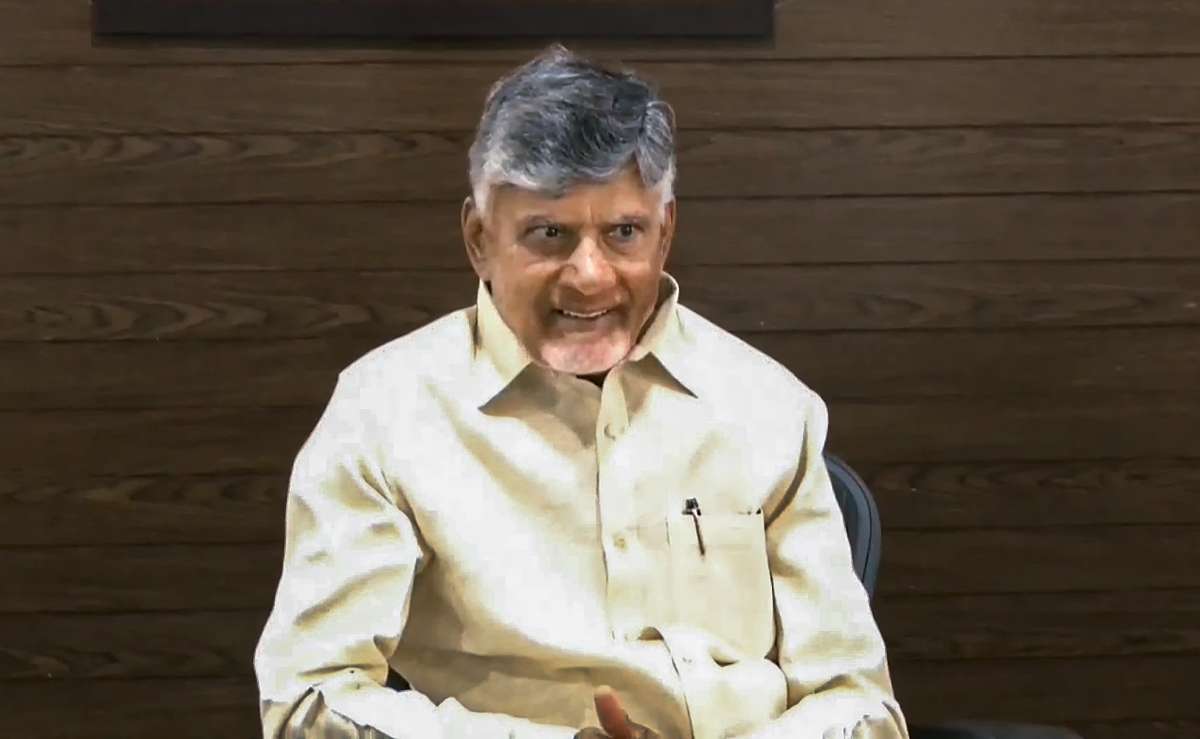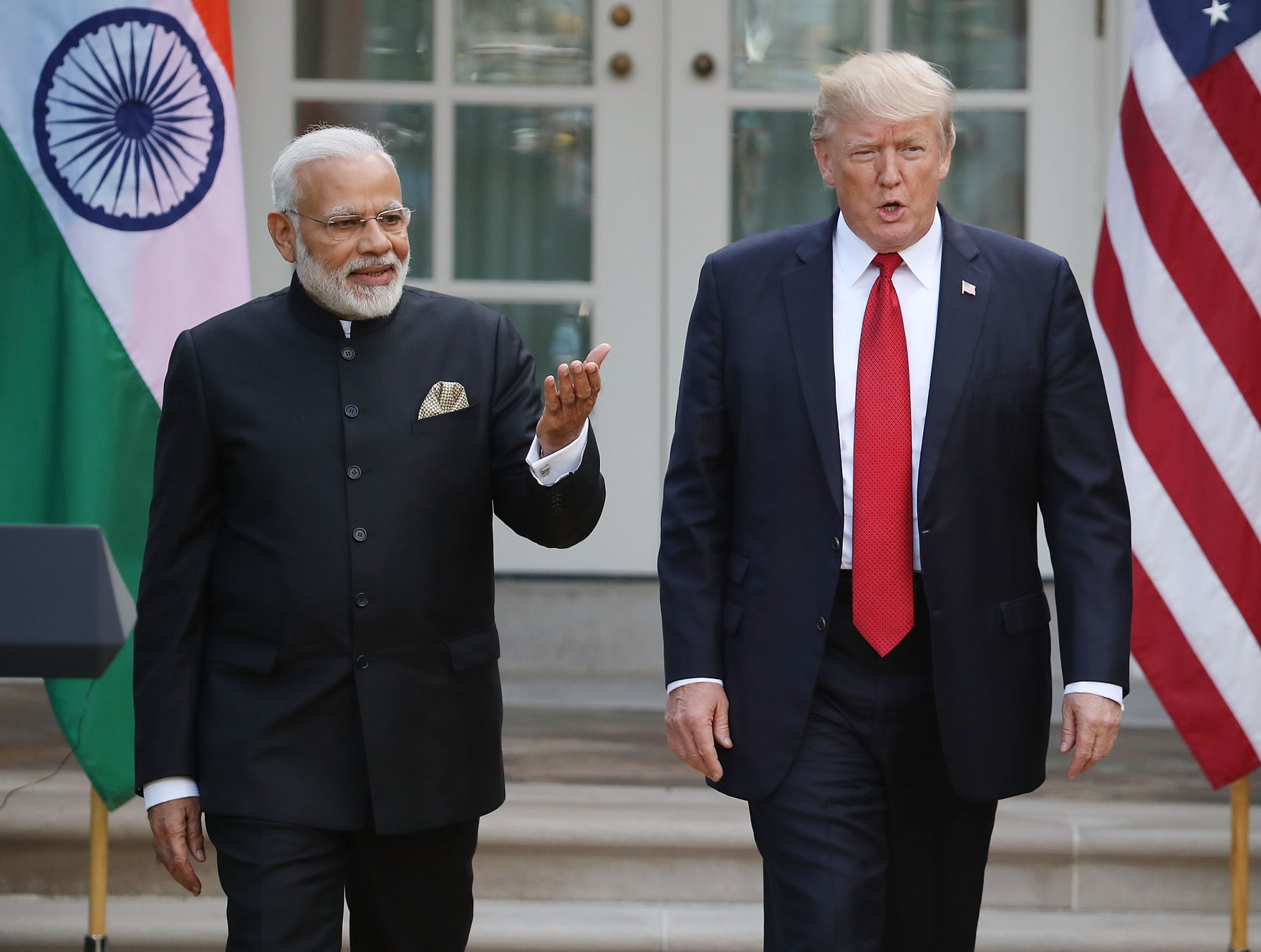Home / dadar-nagar-haveli-daman-diu / Chandigarh, Daman, and Diu Achieve 100% Rooftop Solar Targets
Chandigarh, Daman, and Diu Achieve 100% Rooftop Solar Targets
By: My India Times
4 minutes read 35Updated At: 2025-03-19
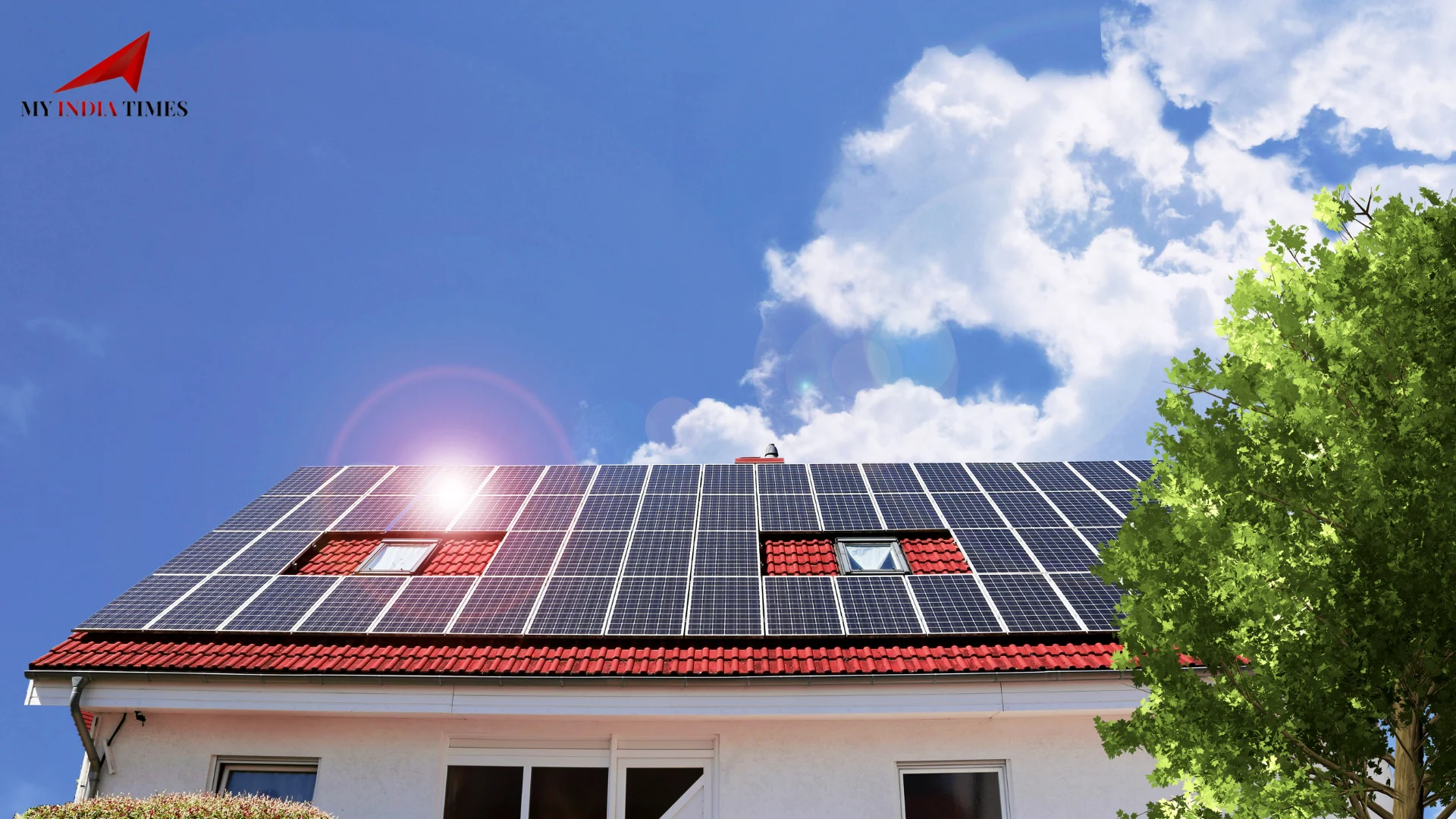
India is really making waves in renewable energy, and places like Chandigarh, along with Daman and Diu, are leading the way. They’ve actually managed to get 100% of government buildings decked out with rooftop solar panels, which is a huge leap toward sustainable energy. This achievement not only shows how committed India is to going green but also sets a great example for other states and territories to look up to.
A Landmark in Renewable Energy
Chandigarh, Daman, and Diu have officially met their rooftop solar targets, meaning all feasible government buildings in these areas are now powered by solar energy. This success is part of India’s broader goal of achieving 500 GW of renewable energy capacity by 2030.
Putting solar panels on the roofs of government buildings is a smart way to save a lot on energy bills while also helping to cut down carbon emissions. This move really fits in with India’s National Solar Mission and the PM Surya Ghar Muft Bijli Yojana, which both focus on making solar energy easier and cheaper for everyone to use.
Chandigarh’s Solar Energy Journey
Chandigarh, known for its planned infrastructure, has been at the forefront of India's renewable energy adoption. The city’s administration, in collaboration with the Chandigarh Renewable Energy and Science & Technology Promotion Society (CREST), has been working tirelessly to achieve 100% rooftop solar coverage on government buildings.
The city has installed over 80 MW of rooftop solar capacity on government buildings. These solar setups are set to save a ton on electricity bills each year, while also cutting down on our reliance on traditional energy sources. Plus, with a big drop in carbon emissions, Chandigarh is really stepping up as a green city that others can look to for inspiration.
A New Hub for Solar Power
The Union Territories of Daman and Diu have also achieved this impressive milestone, ensuring that all government buildings are equipped with rooftop solar panels. These regions benefit from abundant sunlight, making solar energy an ideal and sustainable solution.
The total solar power generation capacity in these territories has increased substantially over the past few years. Now, government buildings are generating their own electricity, which helps cut down on those traditional power bills. This project is a big step towards making India more sustainable and less dependent on outside energy sources.
The Driving Force Behind Success
Several government initiatives have played a pivotal role in achieving these targets. Some of the key schemes and policies include:
The PM Surya Ghar Muft Bijli Yojana, launched to promote rooftop solar installations for residential and government buildings, offers subsidies and financial incentives for installing solar panels. This scheme aims to provide free electricity to a significant portion of households in India.
Additionally, the Net Metering Policy encourages solar energy users to sell excess electricity back to the grid, thereby reducing dependency on traditional power sources and lowering electricity bills. The government has also allocated significant funds for solar energy projects, with public sector banks offering low-interest loans for solar panel installations. Various tax benefits and incentives further encourage the adoption of solar energy.
Impact on the Energy Sector and Economy
The successful completion of 100% rooftop solar targets in Chandigarh, Daman, and Diu has far-reaching impacts on India’s energy landscape and economy.
Government institutions will save millions annually on electricity expenses. The solar energy sector has generated thousands of jobs, from installation to maintenance services. The demand for solar panels, batteries, and inverters has led to increased business for local manufacturers and suppliers. Furthermore, this initiative contributes significantly to reducing greenhouse gas emissions, supporting India’s climate goals.
Challenges and Future Prospects
While the achievement is commendable, there are still some challenges in the broader implementation of rooftop solar energy.
Some buildings may not be structurally suitable for solar panel installations. Despite subsidies, the upfront cost of solar installations remains a concern for many institutions and households. More awareness programs are needed to encourage wider adoption of solar energy. Looking ahead, the government aims to expand rooftop solar installations beyond government buildings to include more residential and commercial properties. The target is to reach 1 crore households by 2026-27, making India a global leader in rooftop solar energy.
A Bright Future for Renewable Energy
The successful implementation of 100% rooftop solar energy in Chandigarh, Daman, and Diu is a significant milestone in India's renewable energy journey. These achievements set a precedent for other states and territories, showcasing the feasibility and benefits of solar energy adoption. With continued government support, financial incentives, and public participation, India is well on its way to becoming a leader in sustainable energy solutions.
By expanding rooftop solar installations nationwide, India can reduce its reliance on fossil fuels, lower electricity costs, and move closer to its goal of achieving a cleaner, greener future.
....
India is really making waves in renewable energy, and places like Chandigarh, along with Daman and Diu, are leading the way. They’ve actually managed to get 100% of government buildings decked out with rooftop solar panels, which is a huge leap toward sustainable energy. This achievement not only shows how committed India is to going green but also sets a great example for other states and territories to look up to.
A Landmark in Renewable Energy
Chandigarh, Daman, and Diu have officially met their rooftop solar targets, meaning all feasible government buildings in these areas are now powered by solar energy. This success is part of India’s broader goal of achieving 500 GW of renewable energy capacity by 2030.
Putting solar panels on the roofs of government buildings is a smart way to save a lot on energy bills while also helping to cut down carbon emissions. This move really fits in with India’s National Solar Mission and the PM Surya Ghar Muft Bijli Yojana, which both focus on making solar energy easier and cheaper for everyone to use.
Chandigarh’s Solar Energy Journey
Chandigarh, known for its planned infrastructure, has been at the forefront of India's renewable energy adoption. The city’s administration, in collaboration with the Chandigarh Renewable Energy and Science & Technology Promotion Society (CREST), has been working tirelessly to achieve 100% rooftop solar coverage on government buildings.
The city has installed over 80 MW of rooftop solar capacity on government buildings. These solar setups are set to save a ton on electricity bills each year, while also cutting down on our reliance on traditional energy sources. Plus, with a big drop in carbon emissions, Chandigarh is really stepping up as a green city that others can look to for inspiration.
A New Hub for Solar Power
The Union Territories of Daman and Diu have also achieved this impressive milestone, ensuring that all government buildings are equipped with rooftop solar panels. These regions benefit from abundant sunlight, making solar energy an ideal and sustainable solution.
The total solar power generation capacity in these territories has increased substantially over the past few years. Now, government buildings are generating their own electricity, which helps cut down on those traditional power bills. This project is a big step towards making India more sustainable and less dependent on outside energy sources.
The Driving Force Behind Success
Several government initiatives have played a pivotal role in achieving these targets. Some of the key schemes and policies include:
The PM Surya Ghar Muft Bijli Yojana, launched to promote rooftop solar installations for residential and government buildings, offers subsidies and financial incentives for installing solar panels. This scheme aims to provide free electricity to a significant portion of households in India.
Additionally, the Net Metering Policy encourages solar energy users to sell excess electricity back to the grid, thereby reducing dependency on traditional power sources and lowering electricity bills. The government has also allocated significant funds for solar energy projects, with public sector banks offering low-interest loans for solar panel installations. Various tax benefits and incentives further encourage the adoption of solar energy.
Impact on the Energy Sector and Economy
The successful completion of 100% rooftop solar targets in Chandigarh, Daman, and Diu has far-reaching impacts on India’s energy landscape and economy.
Government institutions will save millions annually on electricity expenses. The solar energy sector has generated thousands of jobs, from installation to maintenance services. The demand for solar panels, batteries, and inverters has led to increased business for local manufacturers and suppliers. Furthermore, this initiative contributes significantly to reducing greenhouse gas emissions, supporting India’s climate goals.
Challenges and Future Prospects
While the achievement is commendable, there are still some challenges in the broader implementation of rooftop solar energy.
Some buildings may not be structurally suitable for solar panel installations. Despite subsidies, the upfront cost of solar installations remains a concern for many institutions and households. More awareness programs are needed to encourage wider adoption of solar energy. Looking ahead, the government aims to expand rooftop solar installations beyond government buildings to include more residential and commercial properties. The target is to reach 1 crore households by 2026-27, making India a global leader in rooftop solar energy.
A Bright Future for Renewable Energy
The successful implementation of 100% rooftop solar energy in Chandigarh, Daman, and Diu is a significant milestone in India's renewable energy journey. These achievements set a precedent for other states and territories, showcasing the feasibility and benefits of solar energy adoption. With continued government support, financial incentives, and public participation, India is well on its way to becoming a leader in sustainable energy solutions.
By expanding rooftop solar installations nationwide, India can reduce its reliance on fossil fuels, lower electricity costs, and move closer to its goal of achieving a cleaner, greener future.
By: My India Times
Updated At: 2025-03-19
Tags: dadar-nagar-haveli-daman-diu News | My India Times News | Trending News | Travel News
Join our WhatsApp Channel

Similiar News

US Supreme Court Rejects 26/11 Accused Tahawwur Rana’s Plea to Block Extradition to India
2025-03-08












































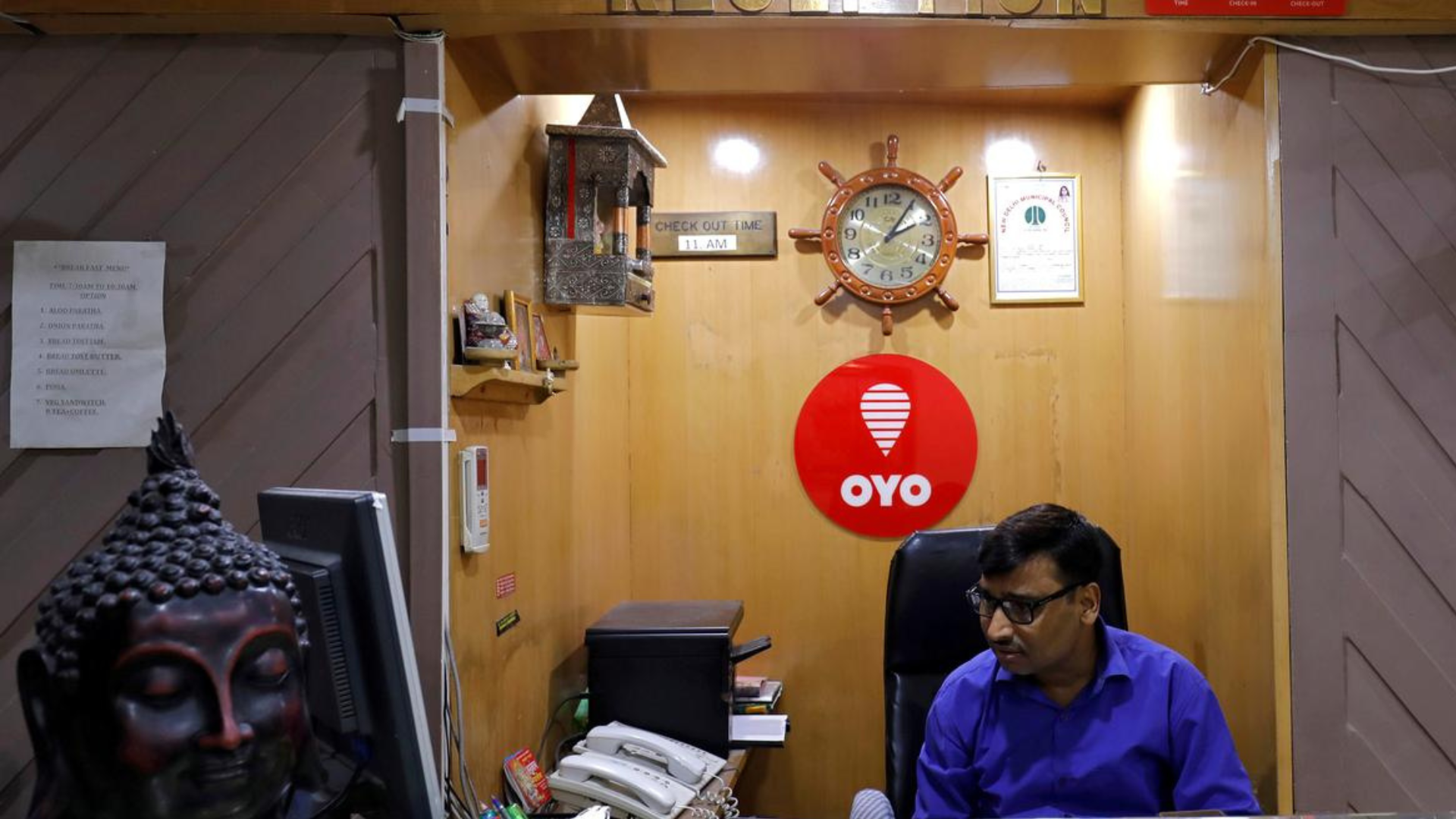

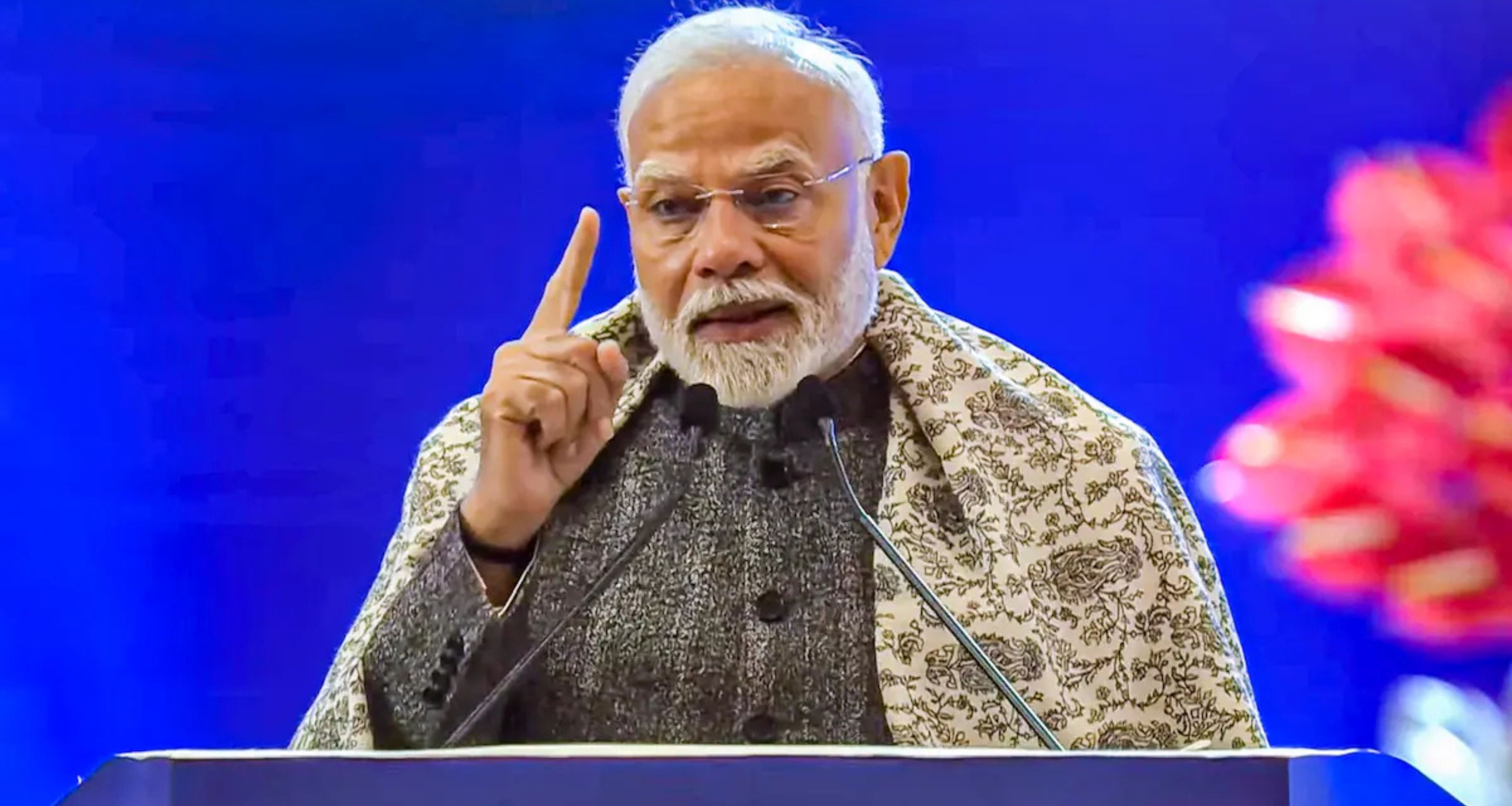



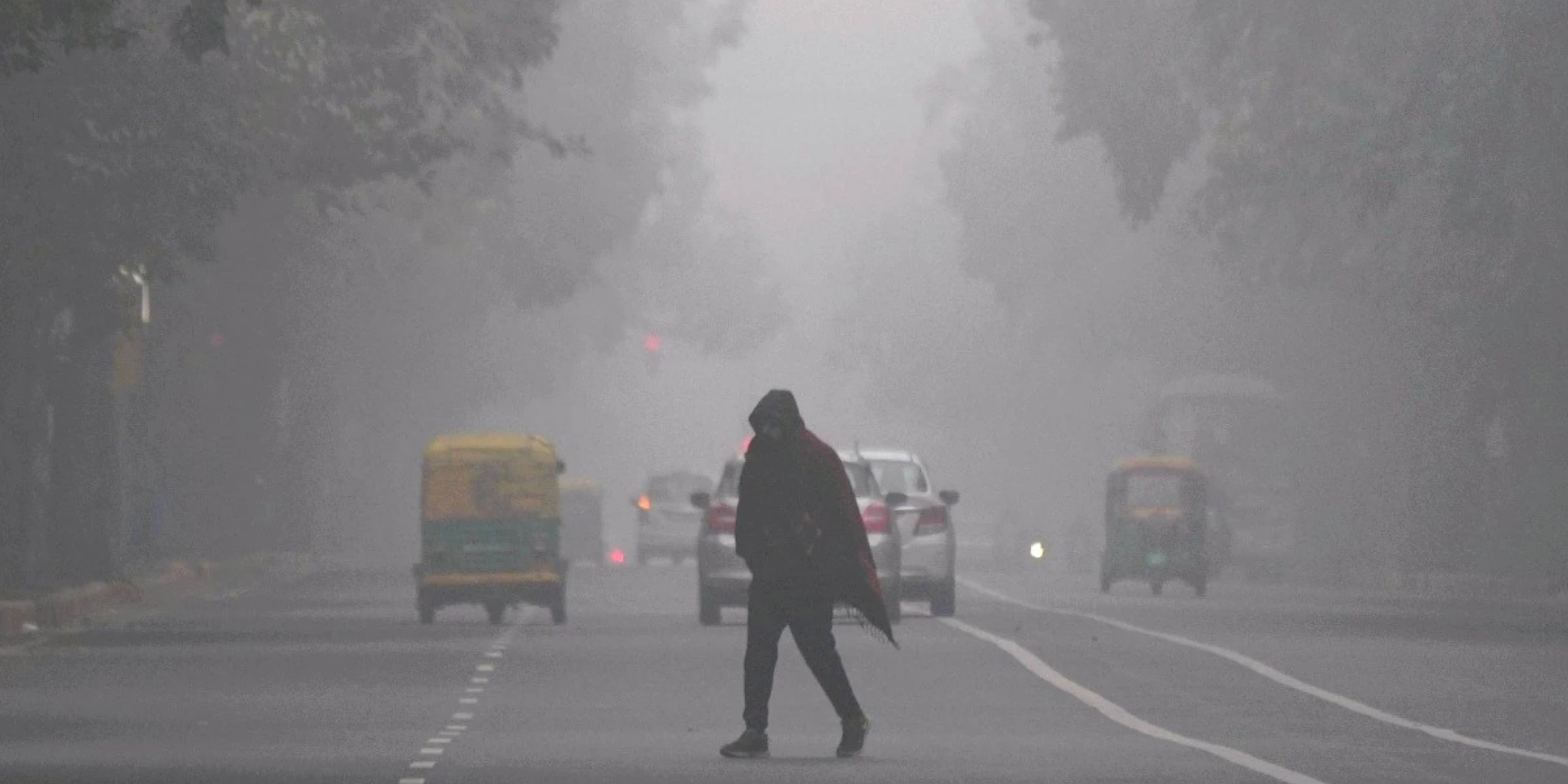




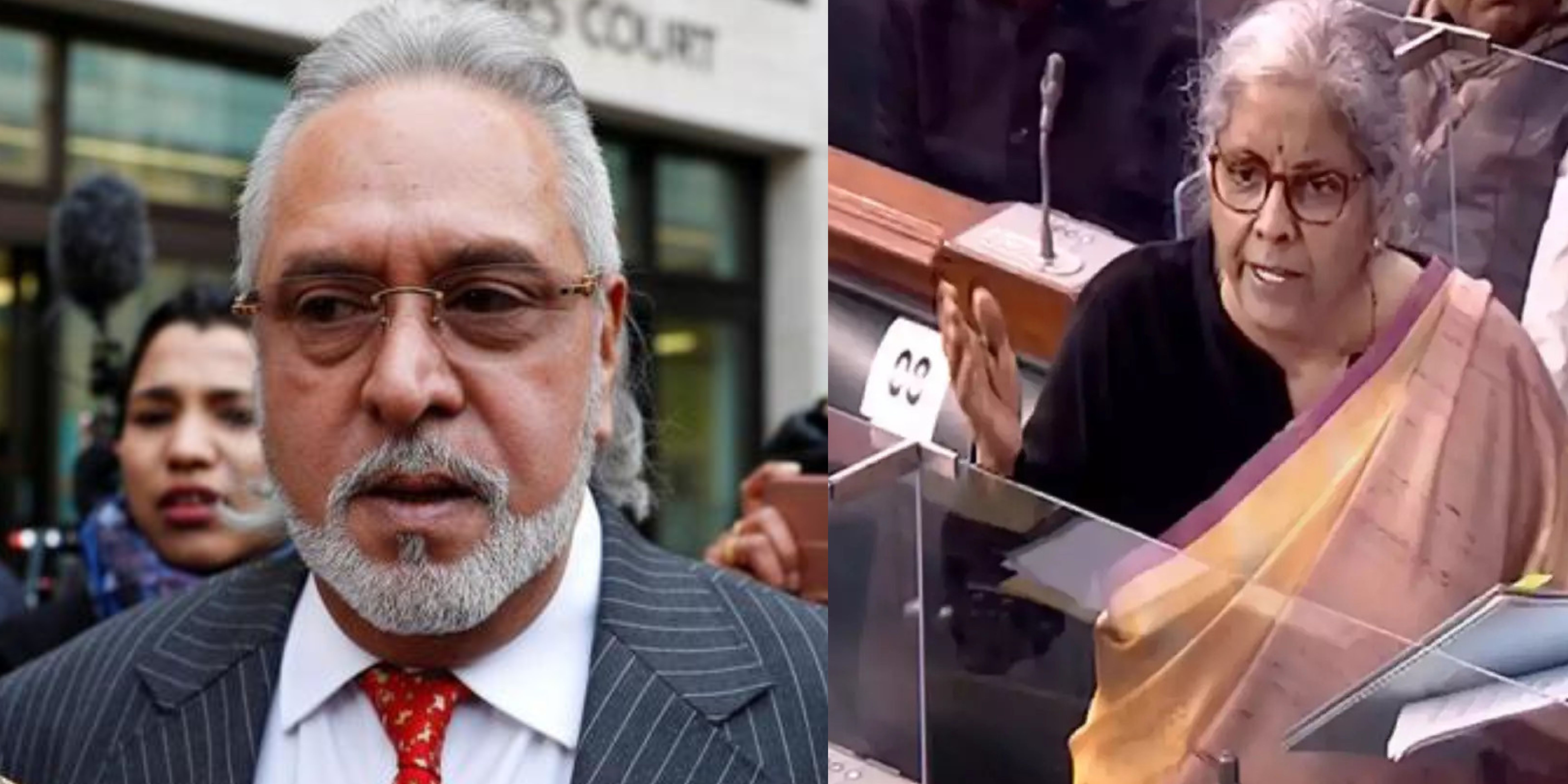
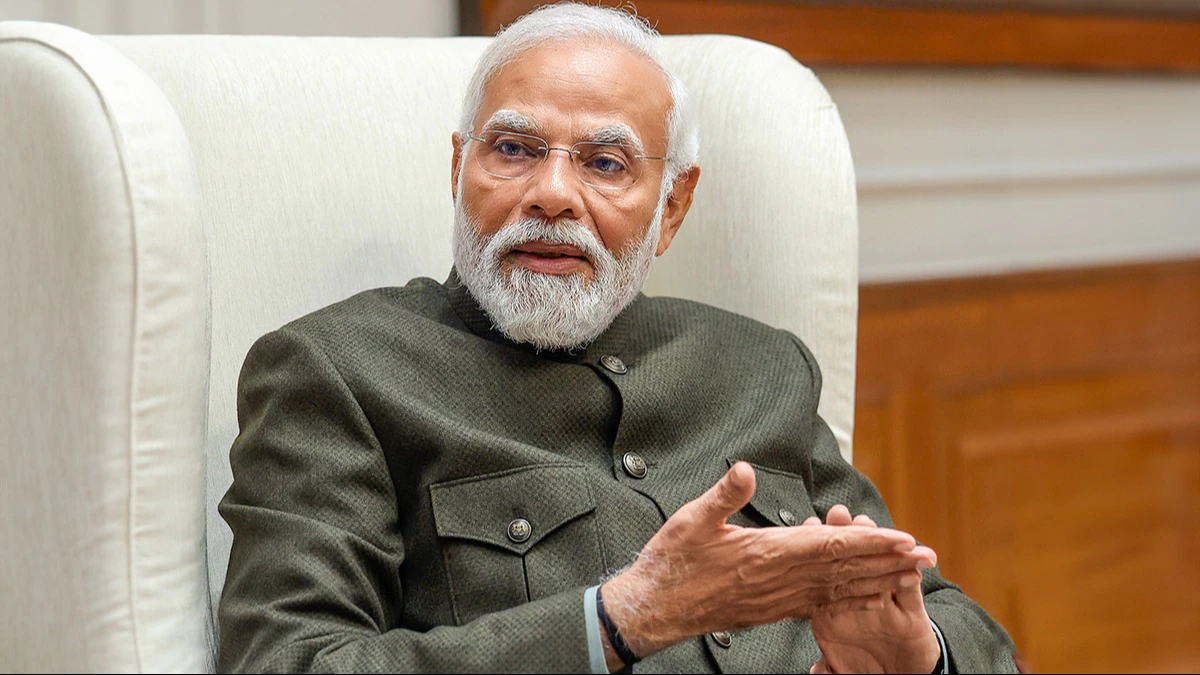








.jfif)





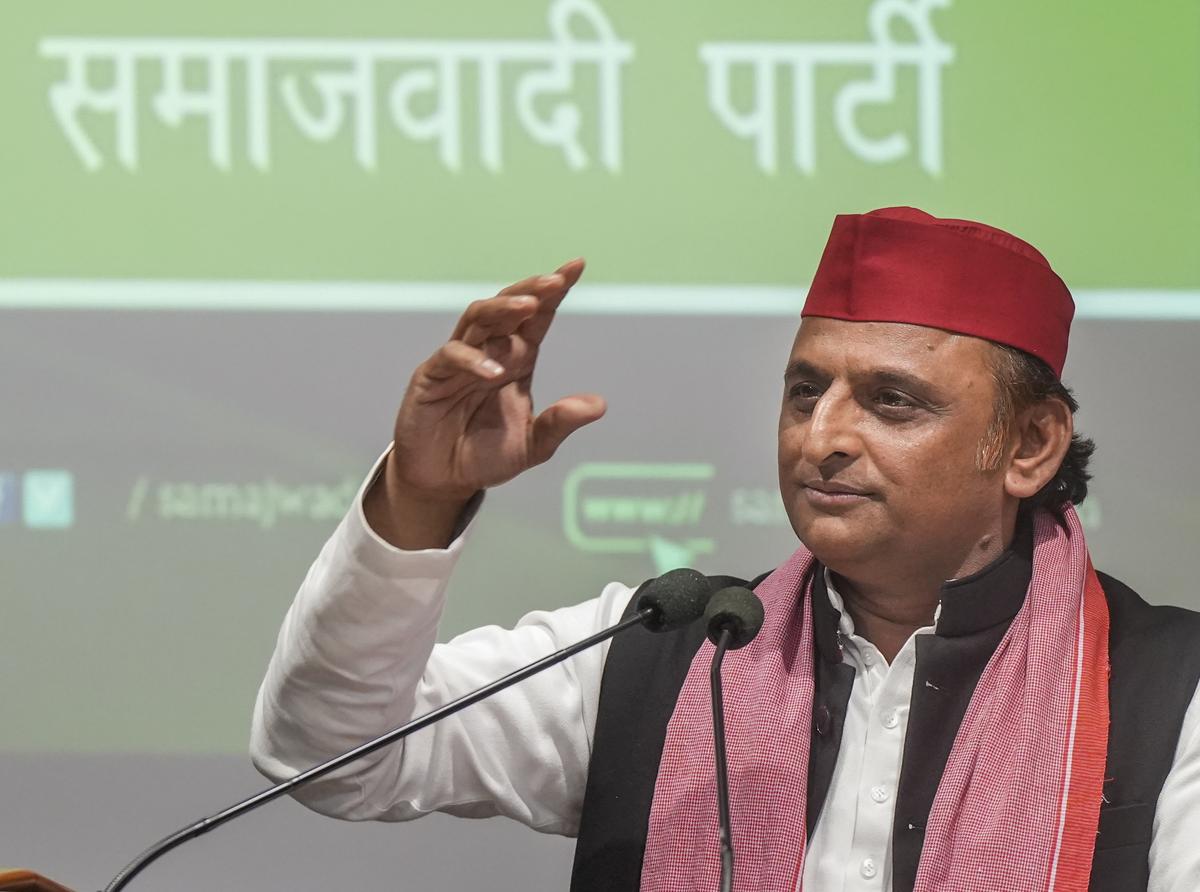



.jpg)






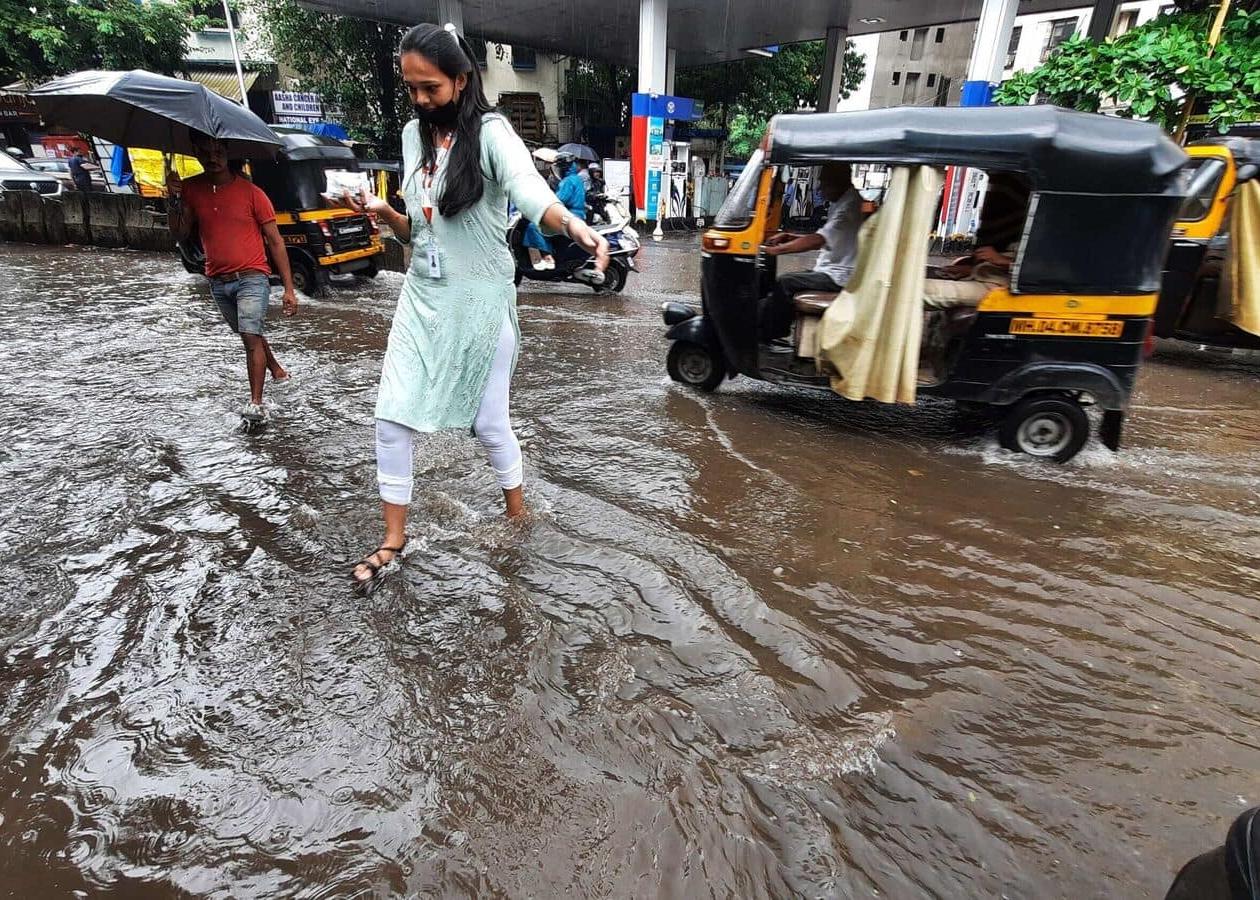



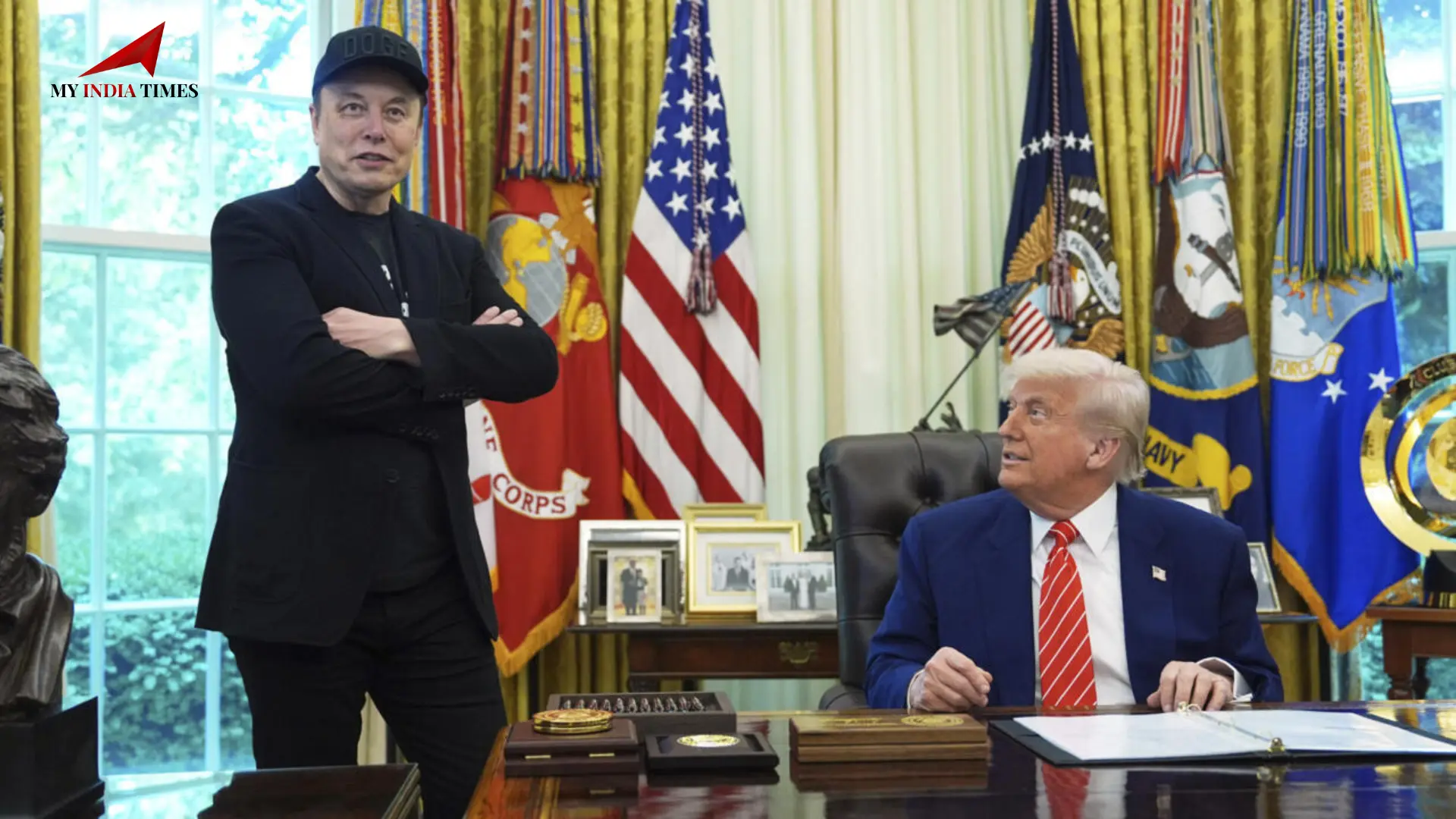



















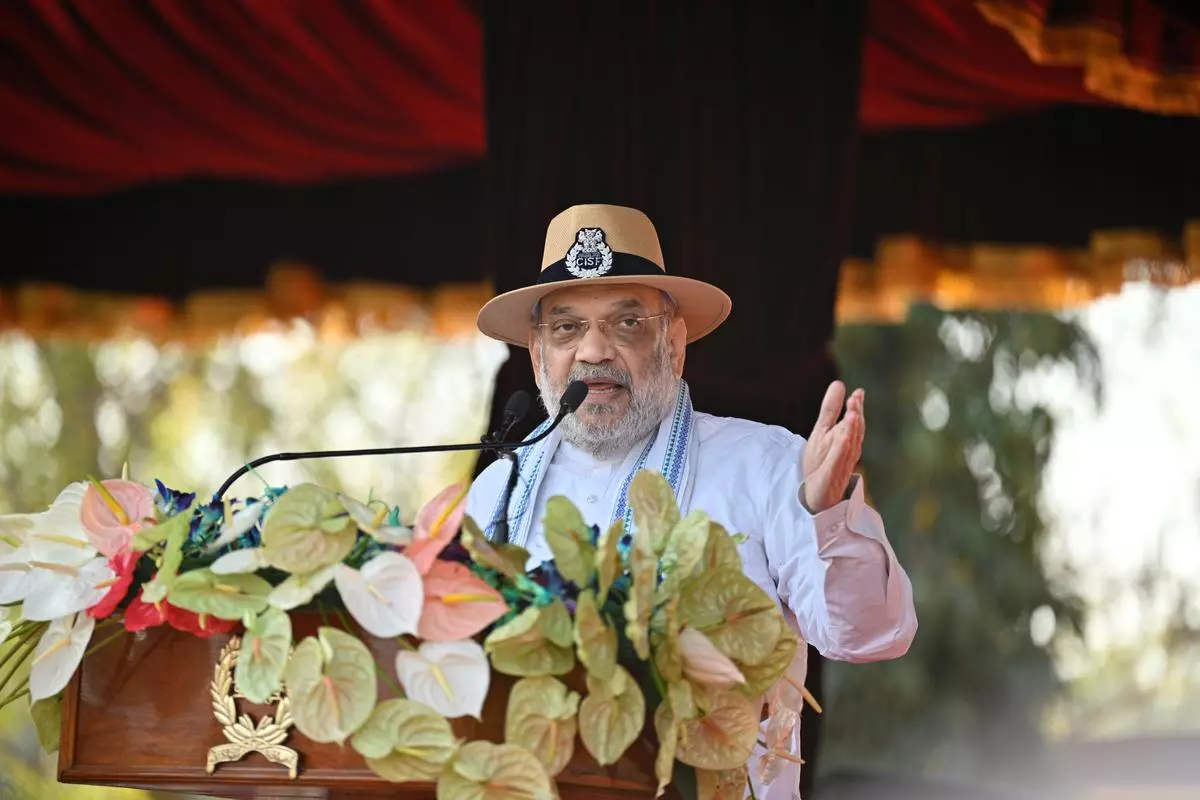






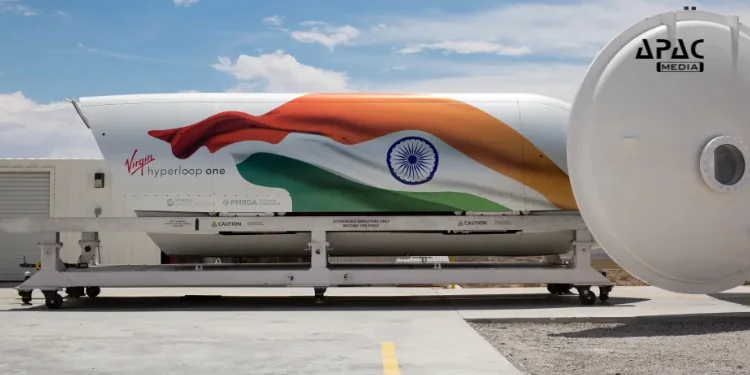



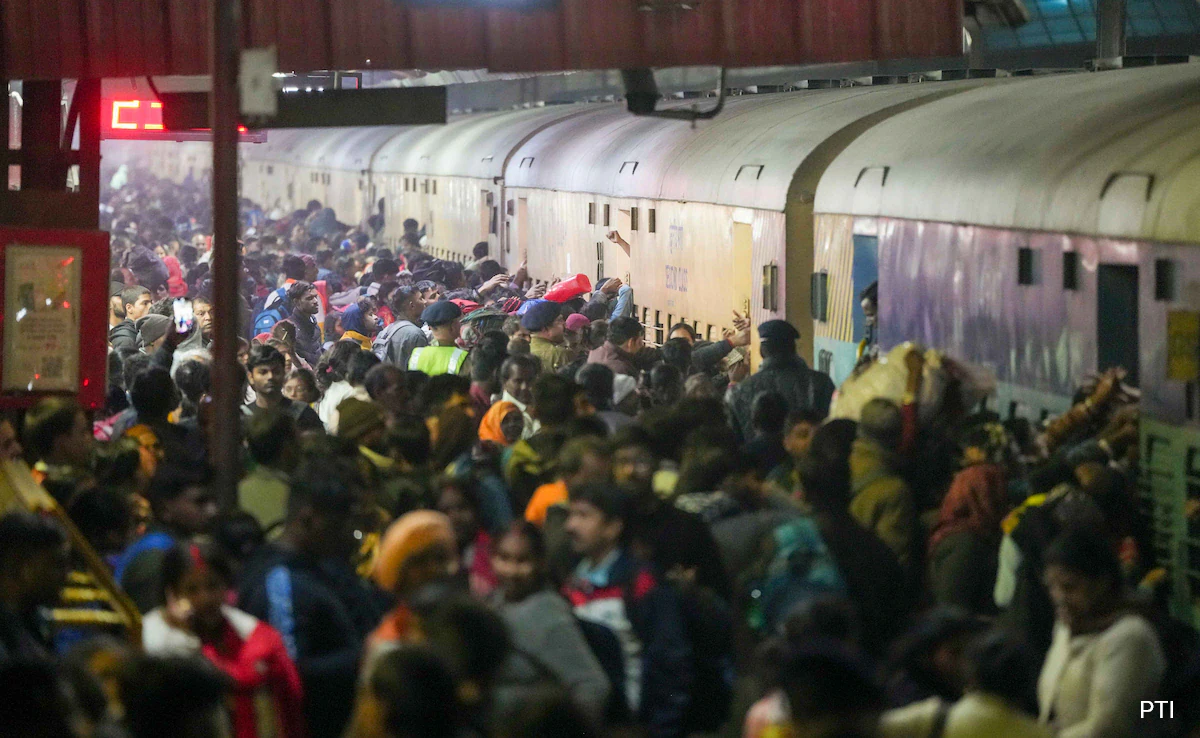














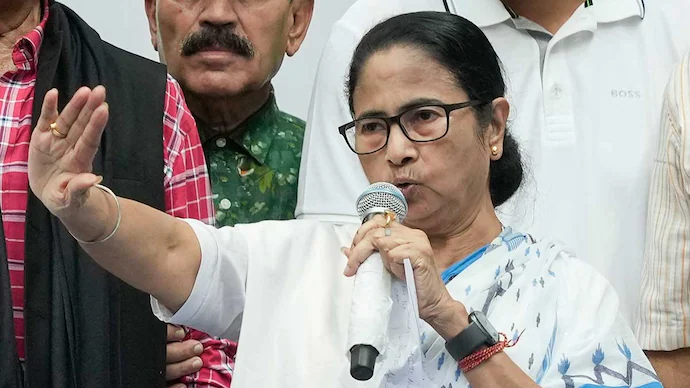






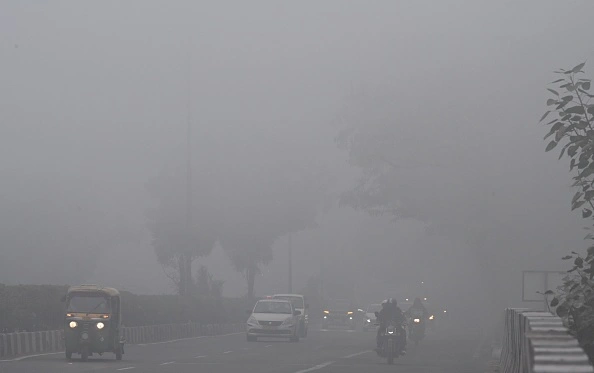

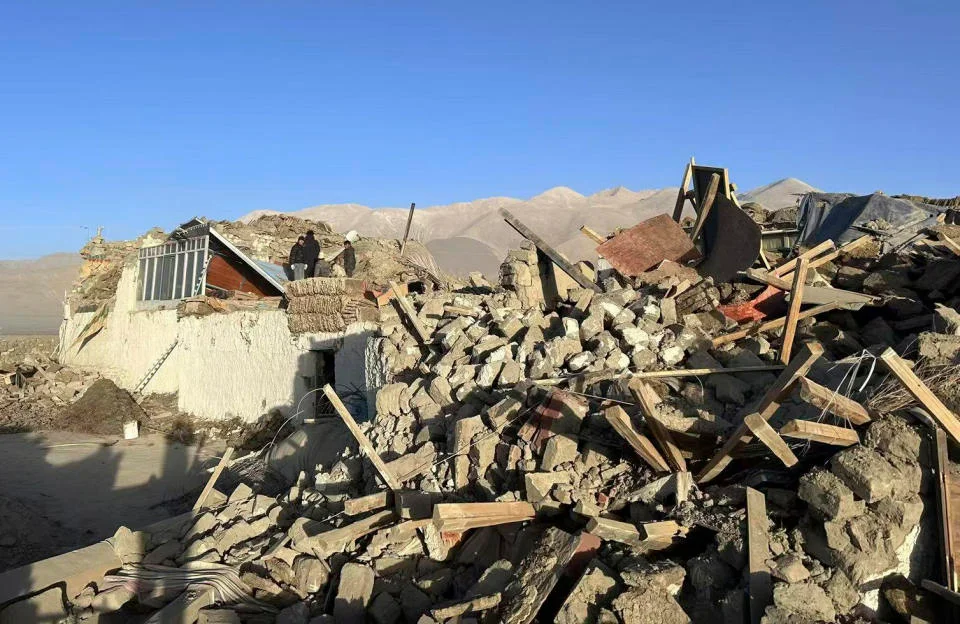




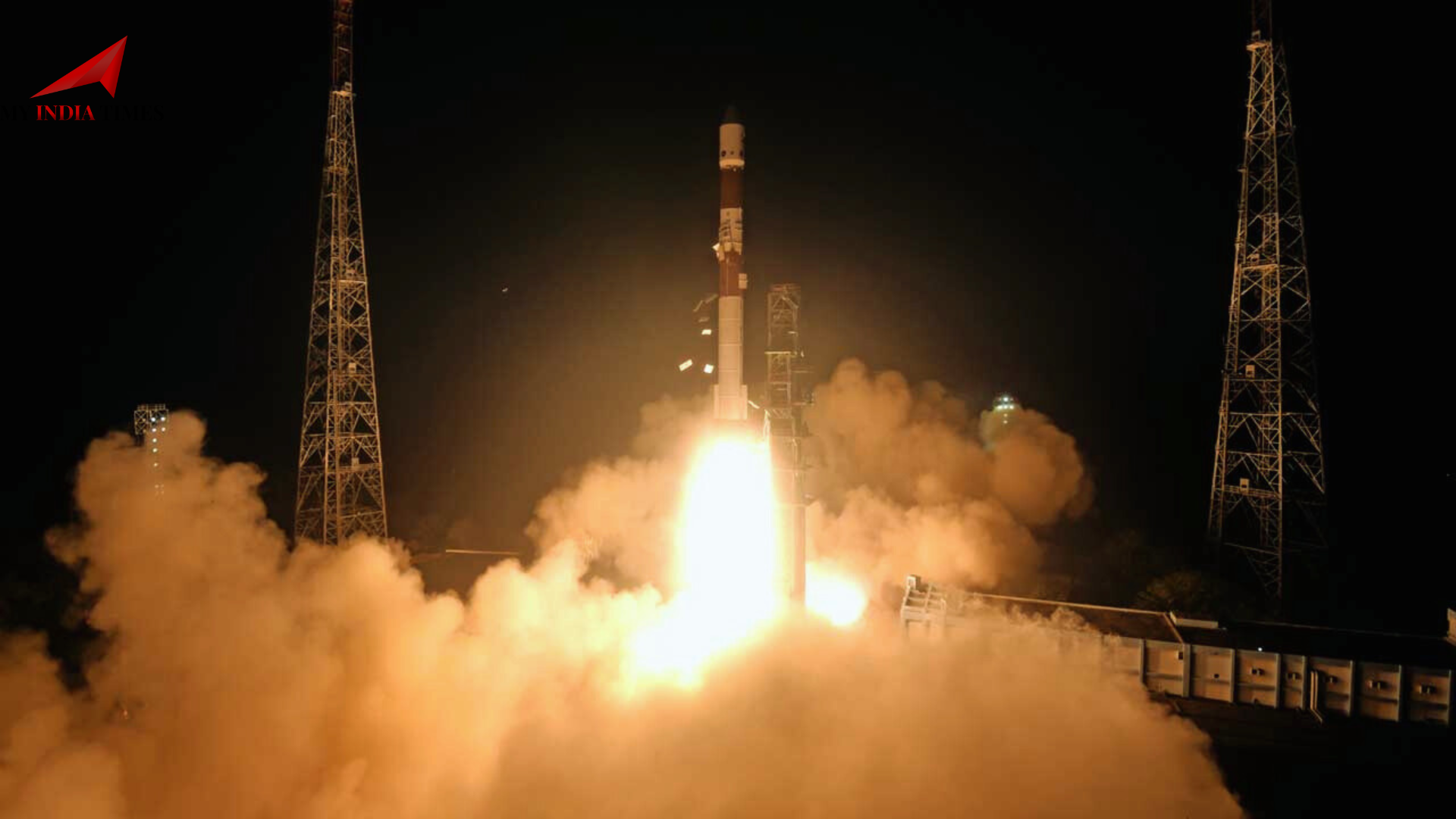




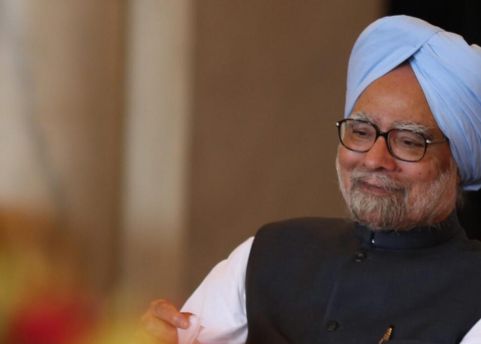









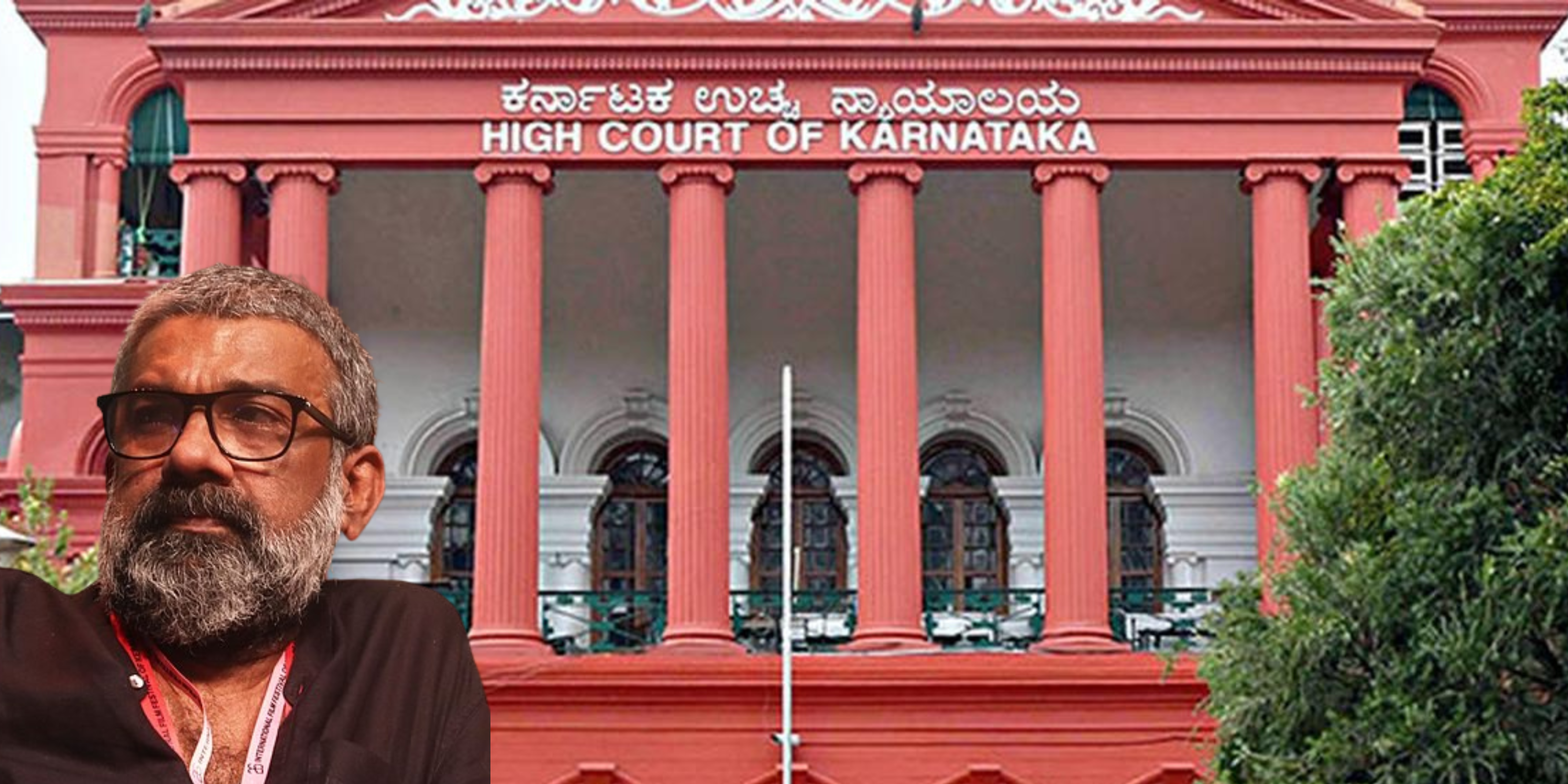
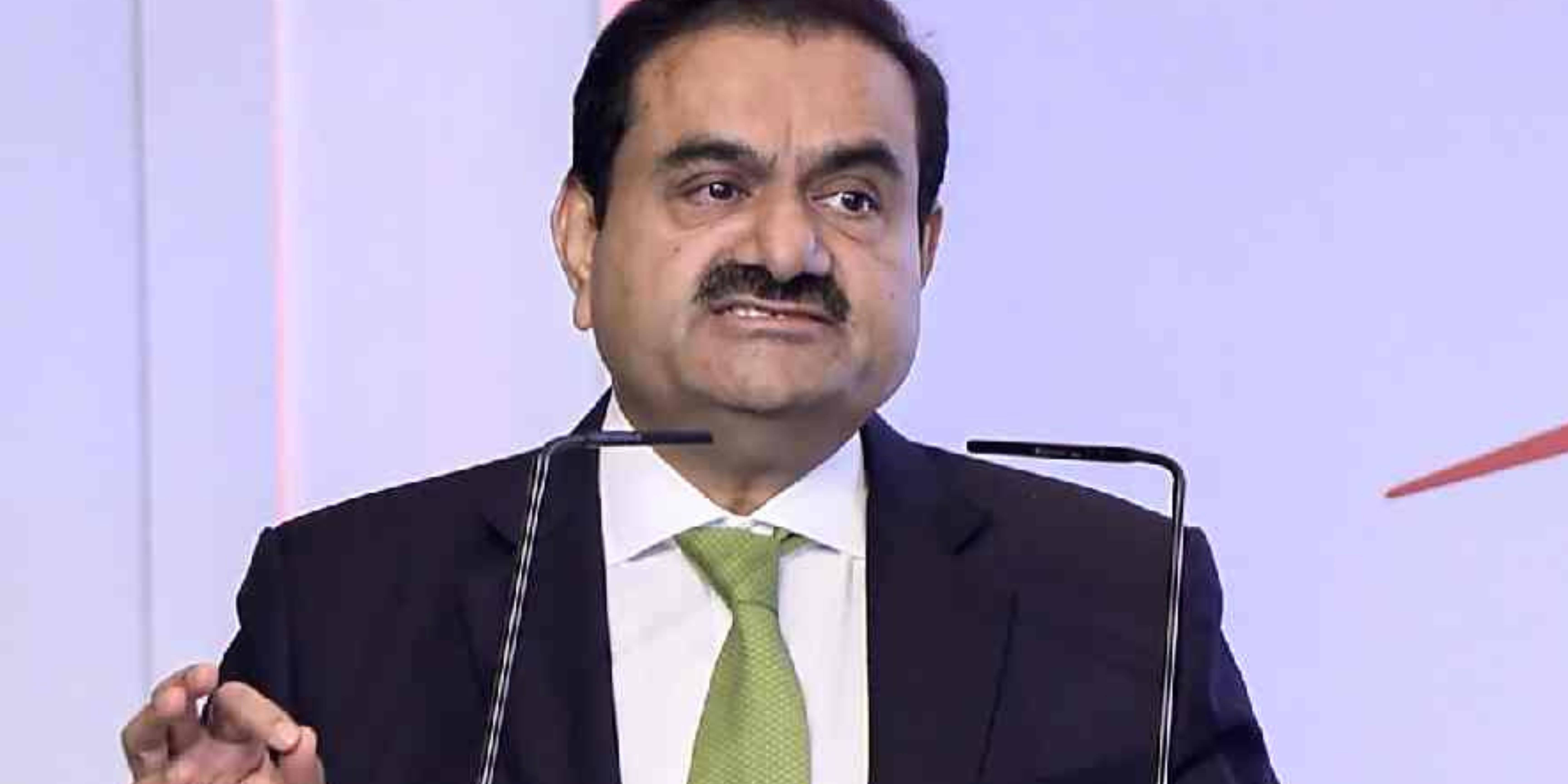



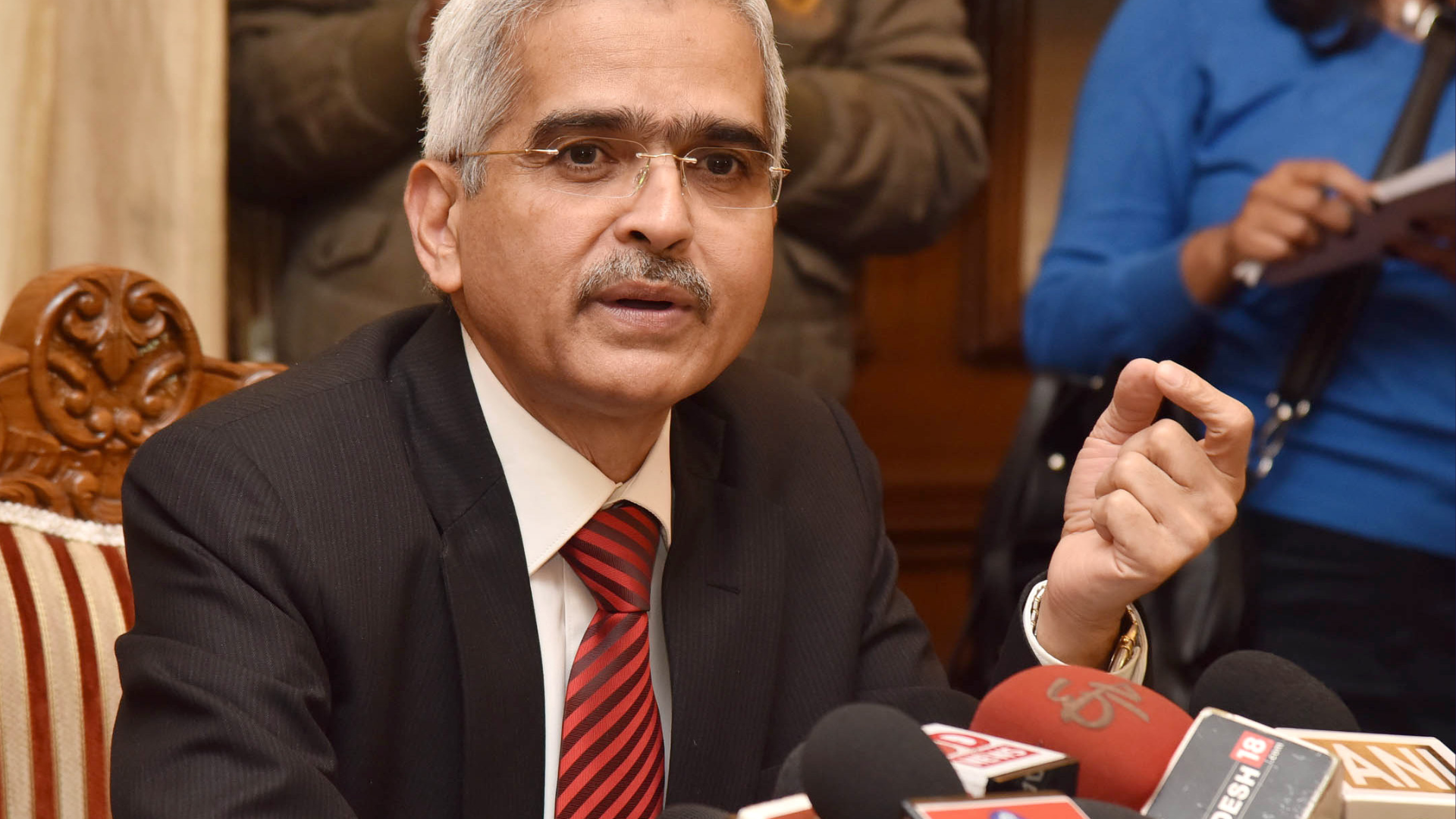







.png)
 (1).png)
